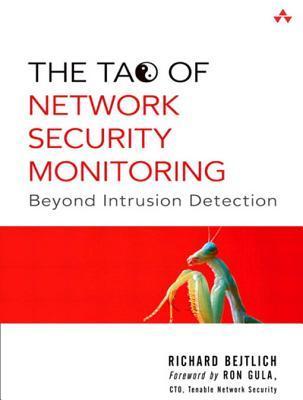What do you think?
Rate this book


833 pages, Kindle Edition
First published July 1, 2004
I thought too much time was spent on overview and examples of specific tools, when I was really hoping for more discussion of network layout, broad techniques, and analysis mentality. What Richard had to say in these areas was interesting and informative, so the relatively short page count alloted to it was pretty disappointing.
I found myself skipping through pages and pages of example of using tools like tcpdump, ethereal, p0f, bpf, etc - if I need to learn more about these I'll read the relevant man pages or source code. Several of the tools overview chapters seemed like filler to me, to be frank - not in enough depth to be really that useful if you've never used the tools before, but far far too long if you are already familiar with them.
The repeated shoutouts for certain commercial vendors struck an odd chord with me. I guess there is no problem with someone recommending a product that they think works well, but Net Optics in particular got repeated mentions and two photos, which seemed gratuitous. Also I thought it odd that he recommends buying brand new Cisco gear (since IOS cannot be legally redistributed to a third party), without mentioning that, for instance, one could instead buy (AFAIK) legally resold Juniper hardware.